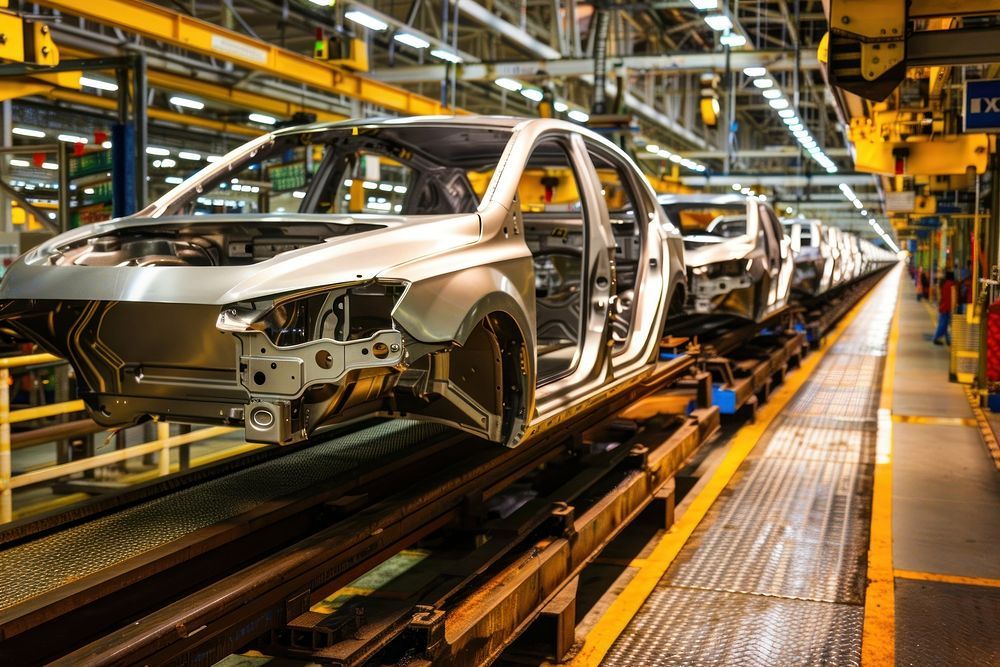In 2025, the automobile industry stands at a crossroads shaped by economic uncertainty, supply chain disruptions, and escalating trade tensions. What was once a highly streamlined global manufacturing network is now undergoing a major transformation as automakers adapt to new realities of tariffs, localization pressures, and geopolitical shifts. The global car industry, long dependent on efficiency and international cooperation, is being forced to rethink how and where vehicles are built.
The reconfiguration began in the wake of the COVID-19 pandemic, which exposed the vulnerabilities of global supply chains. From semiconductor shortages to logistical delays, the automotive world learned how a single disruption could stall production lines across continents. As countries tightened trade regulations and prioritized domestic industries, carmakers realized the need for greater resilience. Now, with rising tariffs and trade barriers between major economies such as the U.S., China, and the European Union, that realization has turned into action.
Manufacturers are increasingly adopting “local for local” strategies — producing closer to the markets they serve to minimize the impact of international tariffs and shipping costs. Global giants like Toyota, Volkswagen, and General Motors have begun expanding regional production hubs, particularly in Asia and North America. These facilities are designed not just for assembly but for full-scale manufacturing, from parts to finished vehicles. The shift reflects a broader trend toward regional self-sufficiency in an era where cross-border cooperation has grown more complex.
Tariffs have also reshaped the economics of electric vehicle (EV) production. The EV market, once hailed as a symbol of global collaboration, is now becoming a battlefield of national interests. Governments are using tariffs and subsidies to protect domestic industries and promote local innovation. The United States, through policies like the Inflation Reduction Act, has incentivized automakers to build EVs domestically to qualify for tax credits. Meanwhile, Europe and China are responding with their own protectionist measures, leading to a fragmented market where supply chains are being redrawn.
These changes have major implications for the cost and accessibility of electric vehicles. While local production may create jobs and stimulate regional economies, it also risks increasing prices for consumers due to higher production and compliance costs. Smaller automakers, without the scale to establish multiple production hubs, are especially vulnerable. As a result, partnerships, joint ventures, and alliances are becoming crucial strategies to share resources and mitigate financial risks.
Supply chain resilience has emerged as one of the industry’s top priorities. Automakers are no longer relying on a handful of suppliers spread across the globe. Instead, they are diversifying sourcing strategies, developing backup suppliers, and investing in digital supply chain monitoring to predict and manage disruptions before they occur. The semiconductor crisis, which crippled vehicle production for years, has prompted a surge of investment in chip manufacturing across the U.S., Japan, and Europe. These initiatives aim to reduce dependency on a few Asian suppliers and secure a steady flow of critical components for future technologies.
Another area being transformed is raw material sourcing, particularly for electric vehicle batteries. Lithium, cobalt, and nickel — essential for EV production — are now at the center of trade debates. Nations are racing to secure long-term supply contracts, while automakers explore recycling and alternative battery technologies to reduce reliance on politically sensitive regions. This competition for resources has accelerated innovation in battery chemistry and energy efficiency, with companies striving to develop solutions that are both sustainable and independent of volatile trade relationships.
Despite the challenges, these trade pressures are pushing the automotive sector toward a more adaptive and technologically advanced future. Automation, artificial intelligence, and digital twins are being used to optimize production, simulate supply chain scenarios, and reduce downtime caused by geopolitical shocks. Manufacturers are learning that flexibility is as important as efficiency in a world where uncertainty has become the norm.
The reshaping of global auto manufacturing is not just a response to current trade tensions — it is a long-term evolution that will define the industry for decades. As automakers balance cost, innovation, and sustainability, the winners will be those who can localize production without losing their global reach. In the process, the industry may finally achieve what it has long pursued: a resilient, tech-driven ecosystem capable of withstanding the world’s ever-changing economic landscape.


